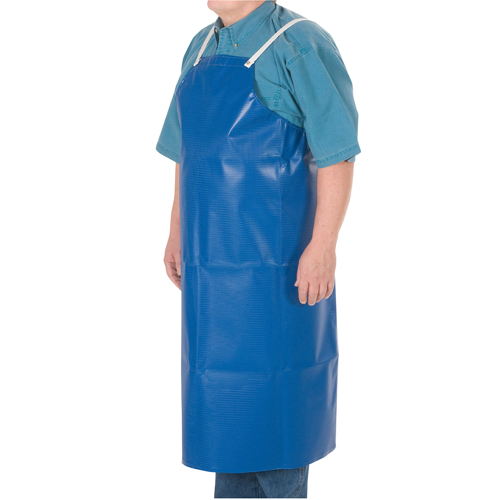

Subscribers are always one or two bad experiences-a late arrival, the wrong food, wilted parsley-from canceling. The bigger Blue Apron gets, the harder it becomes to maintain quality, and the more things can go wrong. Plus, to keep existing customers happy, Blue Apron must continually improve its offerings with new recipes and more customization. It’s not easy persuading people to pay $240 to $560 a month for a service that saves time shopping when there are still faster, cheaper ways to get fed. High costs to acquire customers prompted the company to postpone an initial public offering in December, although executives are pushing ahead with an IPO this year. Blue Apron declined to comment on its finances, but in an interview last fall the company said it makes money on each box and its direct-to-consumer structure generates fatter margins than traditional grocers.Īttracting and keeping customers is Blue Apron’s foremost challenge. Blue Apron is still investing heavily on new facilities and spent more than $100 million last year, the person says. The milestone only accounted for recurring costs including marketing, but the person says it’s a sign the company can make money in the future. In the third quarter of last year, the New York startup edged into the black, according to the person. Meanwhile, dozens of other food-related startups have disappeared or are struggling. Backed by Bessemer Venture Partners, Fidelity Investments and other venture firms, Blue Apron is the largest company of its kind, with more subscribers than rivals like HelloFresh and Plated. That far exceeds the $300- to $400-million goal for 2016 that was pitched to investors a few years back, says this person, who requested anonymity to discuss a private matter. The company has been signing up subscribers at an impressive clip and last year generated between $750 million and $1 billion in revenue, according to a person familiar with its finances. It’s an enormously complicated operation, and Blue Apron has built sophisticated software to manage the supply chain and wring out costs typically borne by the food industry. Then they’re sorted, chopped and packaged in giant fulfillment centers and delivered to homes around the country. The raw ingredients, which include such exotica as romanesco cauliflower and fairy tale eggplants, are sourced from family farms and artisans. Blue Apron boxes include cooking instructions for meals and suggested wine parings-shiitake mushroom burgers with a Santa Barbara Highlands Vineyard Grenache, for example. (Bloomberg) - Each month, Blue Apron delivers about 8 million meal kits to Americans who like to cook but would rather not waste time shopping or searching for recipes.


 0 kommentar(er)
0 kommentar(er)
